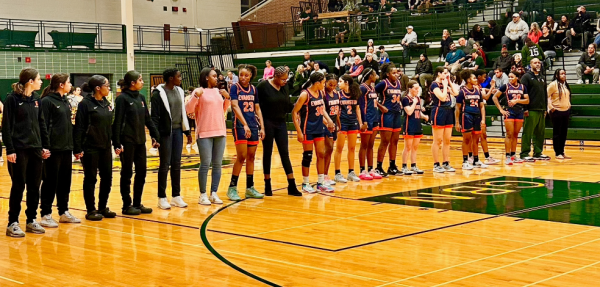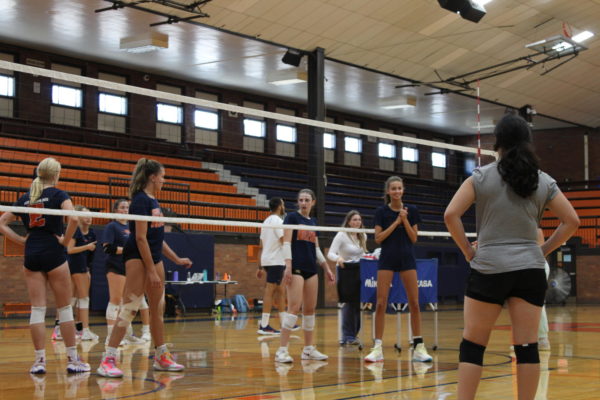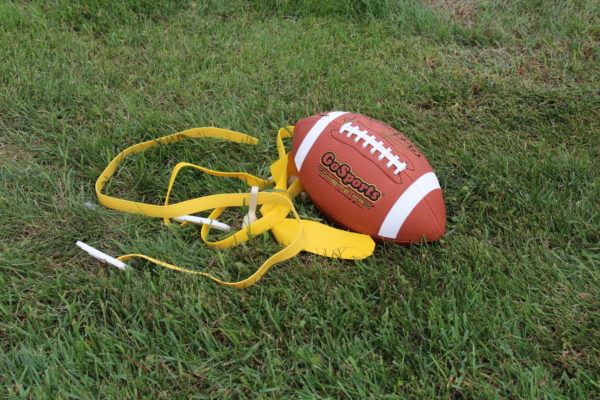Students must know the credibility of news
February 6, 2017
Pseudo stories.
The recent surge of fake news throughout the media brings up serious concern for young Americans. We have all been taught to check our sources for credibility when doing a research project, but sadly, there is more gray area now in terms of reliability.
With recent controversies such as the made up anti-Hillary Clinton story around the time of the election, people are finding it harder and harder to find a trustworthy news source. According to the Huffington Post, a man created a website where he put false accusations and stats against Clinton to make her seem like a criminal.
With the help of professional looking web design, many people believed this page had accurate points because it was the first thing they found on the internet. Whether this had any effect on the outcome of the election remains unknown, but the point is, a visually appealing source is not necessarily a credible one.
This should serve as a lesson to young news consumers to double check their facts with different sources before jumping to conclusions.
Furthermore, the fake news vs real news problem goes beyond the platforms that present the news. At the end of the day, it is up to us to make sure we are getting the most accurate news. As young people, we are easy targets for fake news consumption due to common naive behavior.
According to National Public Radio, there are guidelines we should follow in order to ensure we receive the most trusted information.
First and foremost, pay attention to the domain and URL. This is the most important action in determining the legitimacy of a source because there are clear indicators. Established news organizations usually own their domains and have a standard look that you are probably familiar with. Sites with such endings like “.com.co” should make you raise your eyebrows.
Next, read the “About Us” section. Most sites will have a lot of information about the news outlet, the company that runs it, members of leadership, and the mission and ethics statement behind an organization. Here, the task is simple. Look at the style of writing. If the wording seems too exaggerated or cliché, then you should be skeptical because this should be a straight forward page.
The last step to take is to examine the quotes in the story or lack thereof. Most well known publications use several quotes from professionals with expertise in the fields they talk about. If it is a serious or controversial issue, there are more likely to be quotes.
Unfortunately, there isn’t a way to block out all false information that gets on the internet. However, school staff can always do their best to make sure students distinguish real news from fake news.
Administrators can give reminders every now and then about staying away from blogs and entertainment sites for informational purposes. Teachers should also remind their students that it is important to recognize bias in news sources. Big name publications like CNN and Huffington Post are usually very reliable sources, however, they tend to lean liberal in their news.
Fake news will always be out there. It is up to us to make sure that the made up media doesn’t make its way to Evanston.
.


















